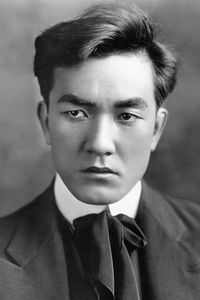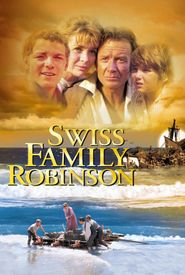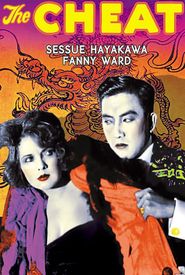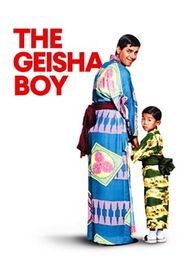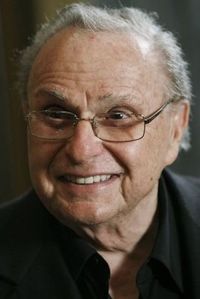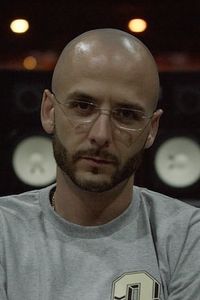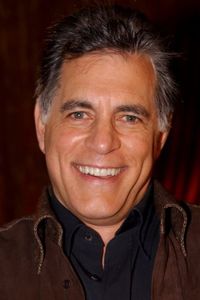Here is the biography of Sessue Hayakawa:
Sessue Hayakawa was born in Chiba, Japan, to a family of aristocratic samurai class. His father was a provincial governor, and Hayakawa initially wanted to follow in his footsteps and become a career officer in the Japanese navy. However, due to problems with his hearing, he was turned down and decided to pursue a career on the stage instead.
He joined a Japanese theatrical company that toured the United States in 1913, where he was spotted by pioneering film producer Thomas H. Ince, who offered him a movie contract. Hayakawa's early film roles in "The Wrath of the Gods" (1914) and "The Typhoon" (1914) turned him into an overnight success, making him the first Asian-American star of the American screen.
Hayakawa married actress Tsuru Aoki in 1914 and went on to star in Cecil B. DeMille's sexploitation film "The Cheat" (1915),which made him a silent-screen superstar. The film's portrayal of an Asian man in a romantic relationship with a Caucasian woman sparked outrage and controversy, particularly among racists and the Japanese-American community.
Despite the backlash, Hayakawa's popularity rivaled that of Caucasian male movie stars in the 1910s, and he became one of the highest-paid actors in Hollywood. He co-starred with leading female stars and made his career in melodramas, playing romantic heroes and charismatic heavies.
Hayakawa left Famous Players-Lasky to establish his own production company, Haworth Pictures Corp., which produced Asian-themed films starring Hayakawa and his wife Tsuru Aoki. These films explored the immigrant's desire to assimilate into society and pursue the "American Dream" in a society free of racial intolerance.
As the 1920s began, Hayakawa's films began to perform poorly at the box office, and he eventually retired from Hollywood. He moved to Japan, where he struggled to revive his career, before relocating to France and starring in a series of films, including "La bataille" (1923) and "The Great Prince Shan" (1924).
In the 1930s, Hayakawa returned to Hollywood to make his talking-picture debut in "Daughter of the Dragon" (1931),but his accent and acting were poorly received. He continued to work in film and theater in France and Japan, eventually returning to Hollywood for a third time in the 1940s.
Hayakawa's third Hollywood career began with supporting roles in "Tokyo Joe" (1949) and "Three Came Home" (1950),before he reached the apex of his career with his role as the martinet POW camp commandant in "The Bridge on the River Kwai" (1957),for which he received an Academy Award nomination for Best Supporting Actor.
Hayakawa continued to act in films until his retirement in 1966, after which he returned to Japan and became a Zen Buddhist priest, while remaining involved in his craft by giving private acting lessons. Despite the challenges he faced throughout his career, Hayakawa remains one of the few Asians to achieve superstar status in American motion pictures, a legacy that continues to be celebrated ninety years after his initial rise to fame.
